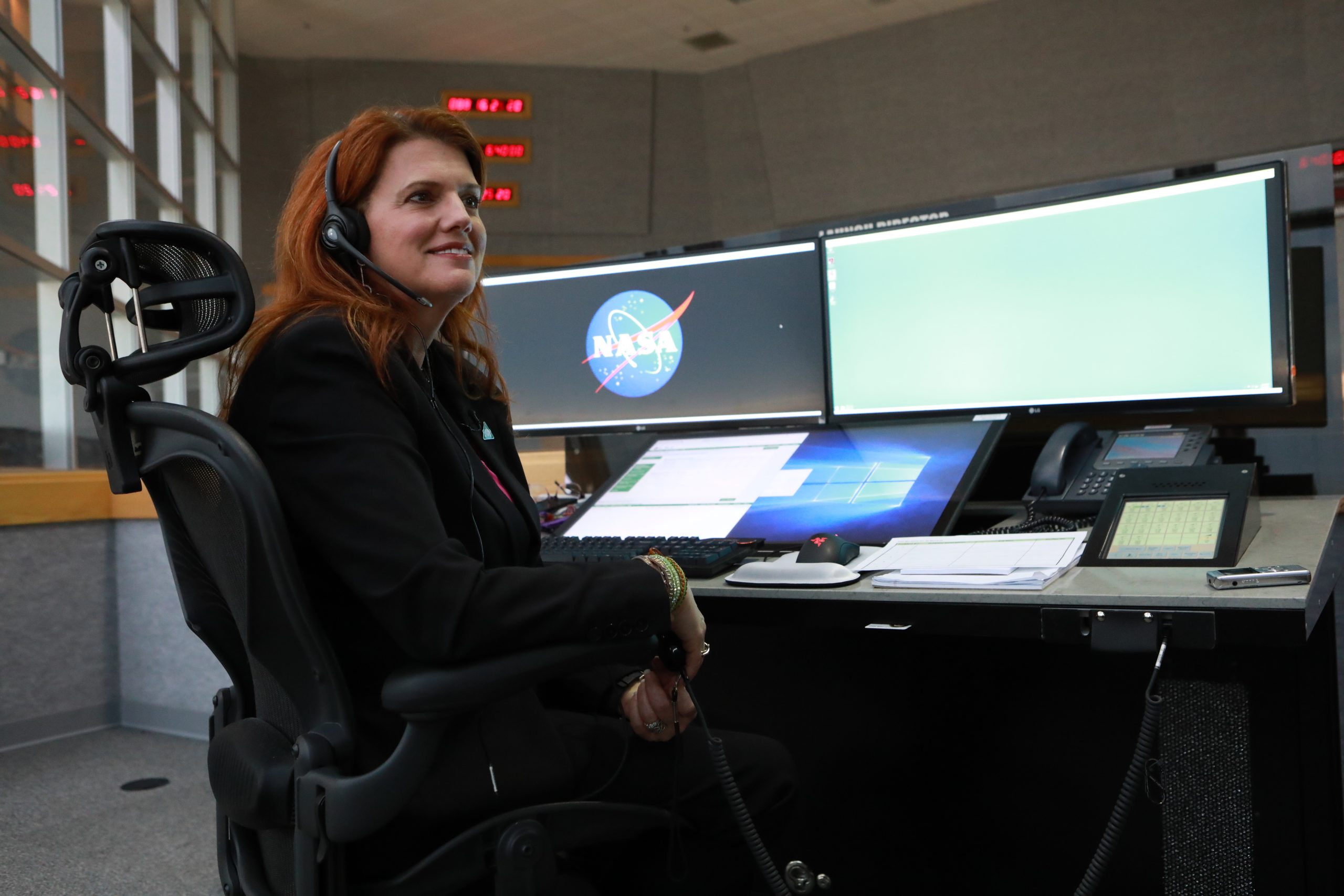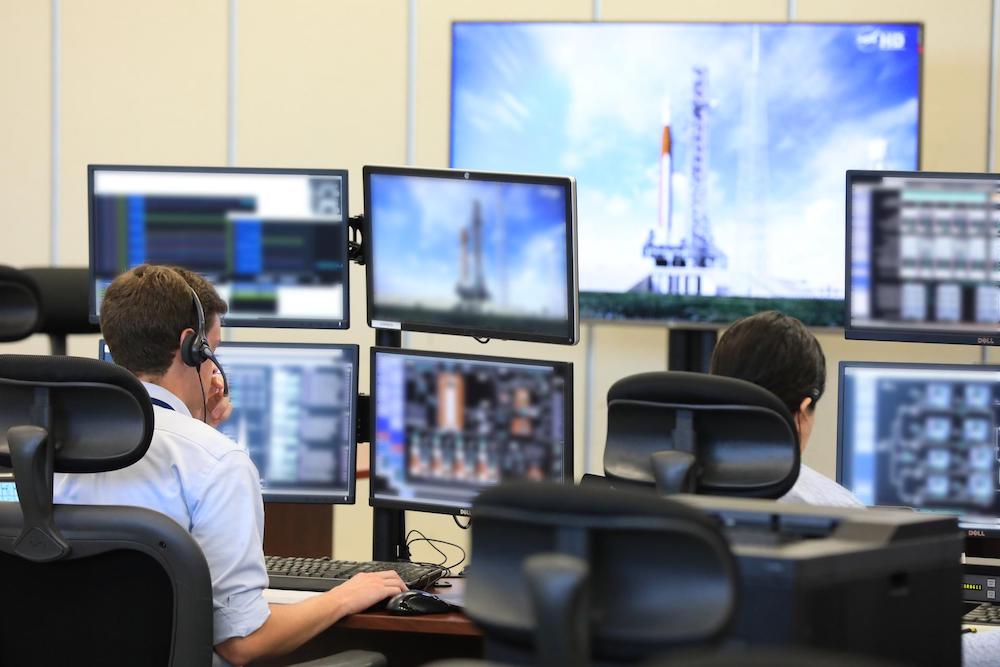Project Artemis ushers us into a new era
The Apollo moon landings helped scientists and researchers better comprehend the lunar surface. According to an article on Space.com, the samples brought back by NASA astronauts helped bring new insight into how planets are formed. Of course, many mysteries still remain, and a voyage back to the lunar surface will help all of us better understand our expansive universe.

Though the Apollo program was shut down in 1975, our current presidential administration has challenged NASA to return astronauts to the Moon by 2024. And, while it may seem like an easy deadline to meet, as we have already successfully put man on the Moon and returned him safely back home, there are challenges still to overcome and entirely new design details to consider. But nonetheless, those with the Artemis program are diligently working to return us to the Moon.
Project Artemis was given its name, because Artemis, in Greek mythology, is the twin sister of Apollo. This name is representative, not just of the similar general mission objective of landing humans on the Moon, but also of the fact that this will be the mission that puts the first woman on the Moon. It’s representative of an exciting new era of space exploration.
“I think America’s Space Program is heading in a very exciting direction as we prepare to send the first woman and next man to the Moon,” said Charlie Blackwell-Thompson, director of NASA’s Exploration Ground Systems Program, and NASA’s first female launch director, who will oversee the countdown and liftoff of NASA’s Space Launch System and Orion spacecraft during its first test flight. “What we learn from the Moon will change the way in which we explore and prepare for other deep space destinations like Mars. With the Artemis missions, we will journey beyond our home planet putting boots on the south pole of the Moon. Being a part of this effort is a once in a career opportunity and I am thrilled to be a part of it.”
According to NASA’s website, the intention of the Artemis program is to inspire a new generation to “follow the pursuit of knowledge and exploration which will propel us forward to Mars.”
Christine Shepperd, with Gateway, explained further that the intention of Artemis is “to extend our exploration to the Moon in preparation of going to Mars.” She also said that the eventual goal is to use the Moon as a lunar outpost and training ground, where NASA can test equipment and technologies that would be necessary for a mission to Mars.
This ability to test on the Moon is also key to ensuring the astronauts are protected against radiation. For now, however, astronauts will be sent to the south pole of the Moon, where frozen ice was recently discovered. If they could manufacture and farm the elements in this ice and make water, this could help future missions to Mars, as well as aid in creating a lunar economy.

NASA is also in the process of building The Lunar Gateway, which is integral for these lunar missions. The Gateway is a similar concept to the International Space Station (ISS), but a much smaller size. Because the lunar missions will be 30 days as opposed to the three month – year-long missions to the ISS, the astronauts don’t need as much space.
The Gateway will primarily be used to store rovers and other equipment, with small living quarters for the astronauts. However, The Gateway is subject to expansion later on, if NASA feels it’s necessary.
Though this program is seen as a bridge to Mars, as Shepperd said, the goal is to eventually use the Moon as a lunar outpost, so missions to the Moon would happen simultaneously with missions to Mars. Because the Moon is a bit closer, it would be easier for astronauts to send damaged equipment there, as opposed to sending it back to the Earth’s surface.
“It makes a lot more sense than trying to go straight from Earth to Mars,” said Shepperd. “… the Moon is 250,000 miles away – we can still get there within five days if there is an emergency or an issue.”
As technology has evolved since the Apollo missions, the technology inside the rocket and the capsule needed an update, so those with project Artemis have been hard at work ensuring the technology used by the astronauts is up to date. And, she further explained that the Orion capsule, along with the landing module, will be reusable – a major change from the Apollo era, where the lunar modules were left in space and on the Moon’s surface.
Though the first manned flight will not take place until 2024, NASA is planning on Artemis I (the first uncrewed flight) to launch in 2021.
“Here at KSC, we are in the final phase of our ground systems verification and validation,” said Blackwell-Thompson. “Flight hardware for the Artemis I mission is arriving at KSC this year and we will begin integrating the flight elements together (the SLS rocket with the Orion spacecraft) testing them out and paving the way to that first launch.”
Returning to space and the Moon is exciting, as the research done there will come back to help us. Shepperd reminded that the space program creates high-paying jobs nationwide, and the technology developed for these programs come back to benefit us. And, she mentioned that the astronauts who have been to the ISS have said that journeying to space helps them to better understand the Earth’s climate. Understanding this better can help us create better solutions to saving the Earth.
But of course, journeying to space helps us better understand our universe as a whole, and fills a void so many of us don’t realize we have.
“As a country we are called to explore,” said Blackwell-Thompson. “We are called to understand what lies beyond what we currently know. Human exploration is a critical part of expanding our understanding of the solar system and deep space.”

Sara Santora
As a Space Coast native, Sara enjoys using her love of writing to speak directly to the community that raised her. She graduated from Florida State University with a B.A. in English, and has written for a variety of magazines; however, her love for publishing and writing developed as a young girl, when she received her first copy of Teen Vogue. When she isn't writing or at work, she is traveling around the state with friends, visiting coffee shops, going to live shows and brushing up on her photography skills. Follow her on Instagram or connect with her on LinkedIn.




